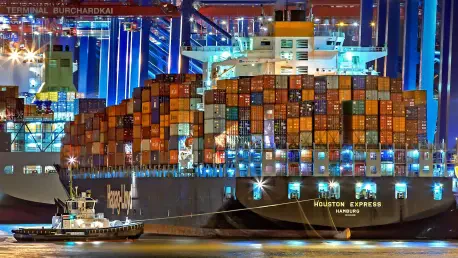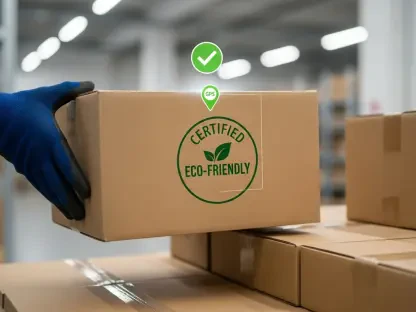Europe’s logistics sector is under increasing pressure due to the escalating frequency and intensity of heatwaves. With Europe warming almost twice as fast as the global average, recent extreme temperatures surpassing 40°C have become more common, raising urgent concerns for supply chain resilience. By 2050, extremely hot days could triple, demanding comprehensive climate adaptation strategies in logistics to mitigate severe impacts on infrastructure, vehicles, and the workforce.
Trends in Climate Adaptation Strategies
Data Trends and Growing Implementation
Recent years have seen a marked increase in climate adaptation within logistics, driven by the mounting heat stress on supply chains. Reports indicate significant investments in cold chain infrastructure, highlighting a positive shift toward resilience against heat-related disruptions. Supply chain modernization efforts show an annual growth rate of nearly 5%, demonstrating the sector’s commitment to adapting to changing climate conditions.
Examples and Case Studies
Leading logistics companies have pioneered innovative adaptation strategies. For example, Girteka Logistics has invested in modern fleets designed to withstand extreme heat, incorporating advanced cooling systems to maintain vehicle performance. Moreover, collaborations between logistics firms and AI developers have led to predictive analytics and AI-powered tools for optimized route planning, further exemplifying proactive measures against heatwave-induced disruptions.
Expert Insights on Climate Adaptation
Industry experts emphasize the need for robust adaptation strategies, warning of the challenges posed by the accelerating heatwave phenomenon. Thought leaders in logistics caution against potential economic repercussions from neglected adaptation, urging policymakers and industry stakeholders to prioritize sector resilience. Experts identify driver welfare, infrastructure durability, and effective policy frameworks as crucial elements to safeguard supply chains, highlighting the urgency of implementing comprehensive solutions to prevent productivity losses.
Future Outlook for Logistics Adaptation
Looking ahead, the logistics industry is poised for transformative developments in climate adaptation tactics. Advancements in IoT monitoring and energy-efficient cold chain technologies promise substantial improvements in maintaining supply chain integrity. Challenges, including investment barriers and regulation gaps, persist, but coordinated efforts between governments and industry players could pave the way for robust structural adaptations. As heatwaves continue to threaten economic stability, systematic solutions become even more vital, ensuring long-term resilience.
Conclusion
The logistics sector faces mounting challenges from unprecedented heatwaves, prompting holistic adaptation initiatives. Increased investments and strategic innovations highlight the industry’s determination to withstand climate pressure. By prioritizing these developments, logistics successfully navigates extreme temperatures, securing supply chains.









